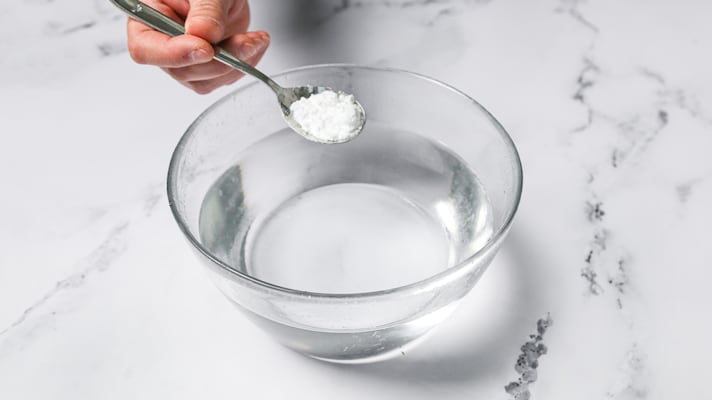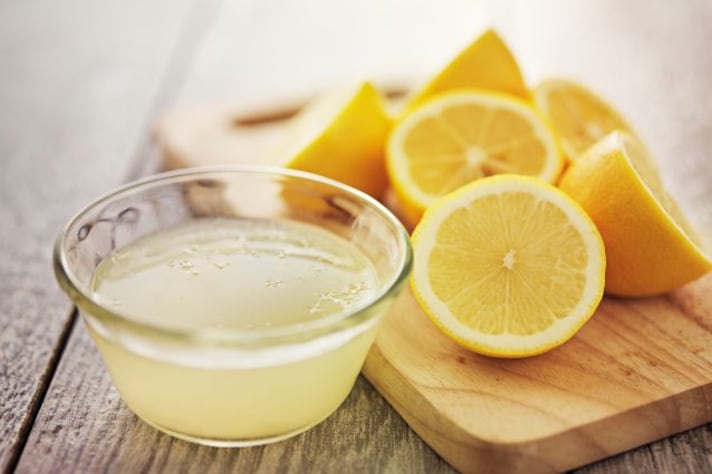
Clogged drains are the uninvited guests that always show up when you're least in the mood. And sure, there's a whole aisle at the store promising quick fixes in flashy plastic bottles—but most are packed with chemicals too harsh for your pipes, your lungs, or the planet. The good news? There’s a gentler, smarter way. With a little pantry alchemy and some patience, you can keep your sinks running smoothly without dialing your local plumber.
1. Boiling Water

Before we get fancy, let’s start with a classic—boiling water. It's as old-school as it gets, but don’t underestimate it. Pouring a full kettle—about a liter—of boiling water down the drain can dislodge minor clogs and flush out grease buildup. It’s best used regularly, especially in bathroom and kitchen sinks that tend to collect gunk.
2. Caustic Soda

If your drain's acting stubborn and nothing mild has worked, caustic soda (also called lye) might be the big gun you reach for. It's not exactly “natural,” and certainly not the greenest on the list, but when used sparingly and correctly, it can help clear serious blockages. Mix about 750 ml of caustic soda into 3 liters of cold water—slowly and cautiously, as it will heat up. Let it sit in the drain for 30 minutes, then follow with boiling water. Just be sure your space is ventilated, and you’re wearing gloves and goggles. This isn’t a spa day.
3. Baking Soda and Vinegar

Think of this combo as the Batman and Robin of natural drain cleaners. Pour ½ cup of baking soda into the drain, followed by ½ cup of white vinegar. Cover the drain immediately to trap the fizzy chemical reaction. After a few minutes, add another half-cup of vinegar, seal it again, and let the bubbles do their thing for about 20 minutes. Flush it all down with boiling water. This method is especially effective for stubborn kitchen sink clogs or funky odors.
4. Bleach

Bleach is divisive—it cleans, it disinfects, and it also pollutes if misused. If your drain leads to a public sewer system (and not a septic tank), and you’re battling bacteria and foul smells more than physical clogs, bleach could help. Pour a cup in, wait ten minutes, and rinse thoroughly. This is not your weekly go-to, but for occasional odor-killing, it works.
5. Coarse Salt and Boiling Water

Got salt? You’ve got a cleaner. Combine five tablespoons of coarse salt with five tablespoons of baking soda, pour the mix into the drain, and chase it down with boiling water. This homespun trick is low-effort and surprisingly good at softening greasy buildups—plus, it's friendly to your pipes and your wallet.
6. Dish Soap

That slick, slippery quality that makes dish soap a grease-fighting champ also makes it handy for clearing light drain blockages. Mix a generous squirt—about a cup—with boiling water, pour it in, and let it sit for 15 to 20 minutes. The soap breaks down oily residues and makes the path smoother for whatever comes next. Bonus: your sink will smell like lemons or lavender, depending on your brand.
7. Lemon Juice

Lemon juice won’t clear a drain that’s already clogged, but it works wonders as a preventive measure and natural deodorizer. Pour in a cup of freshly squeezed or bottled lemon juice, let it sit for a couple of hours (or overnight, if you’re patient), then flush with warm water. Your sink won’t just run better—it’ll smell better, too. And sometimes, that’s half the battle.
;Resize,width=767;)
